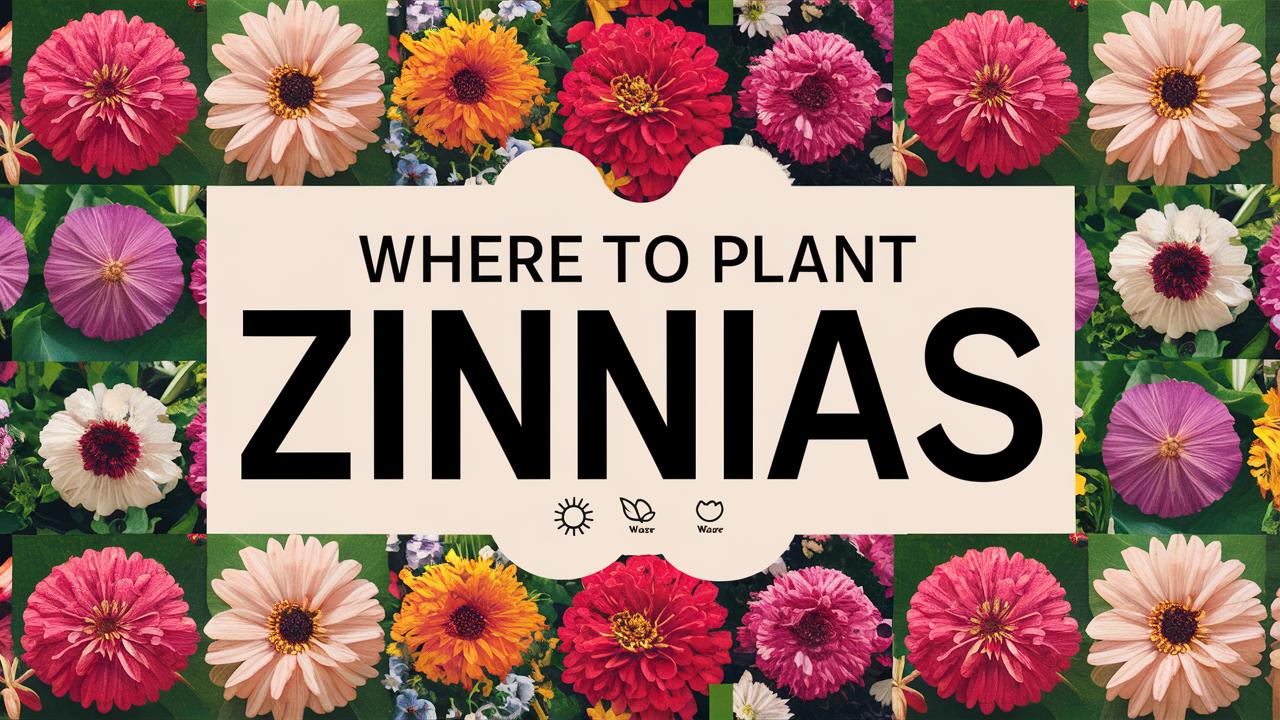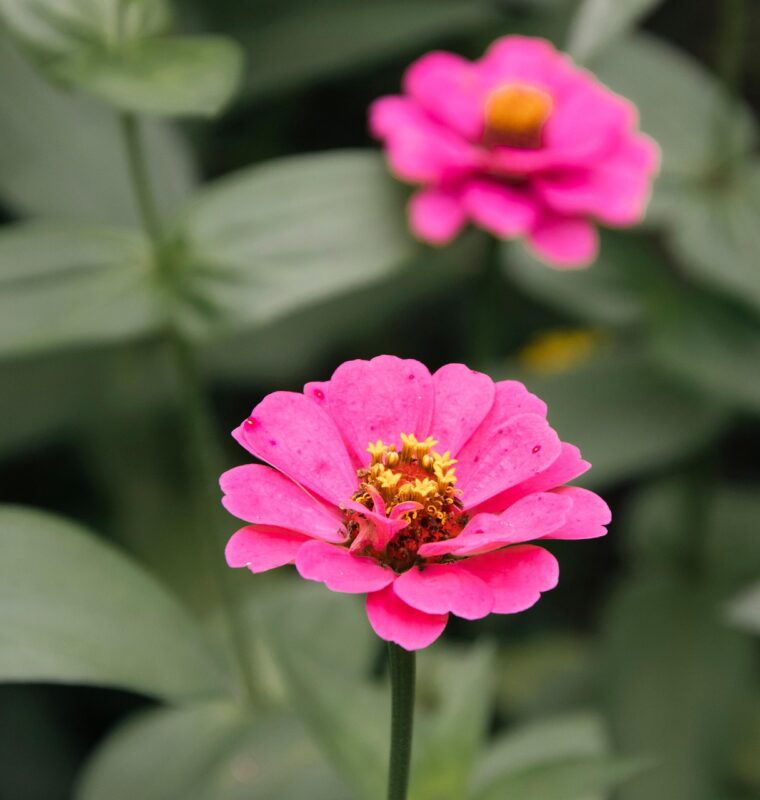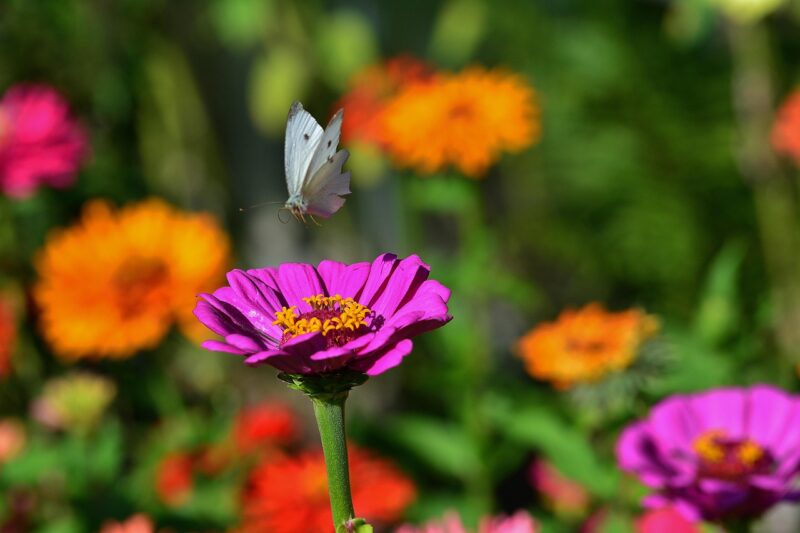In this guide, we will explore the best locations for planting zinnias, the conditions they thrive in, and some additional tips to ensure you achieve a stunning floral display.
Understanding Zinnias: A Quick Overview
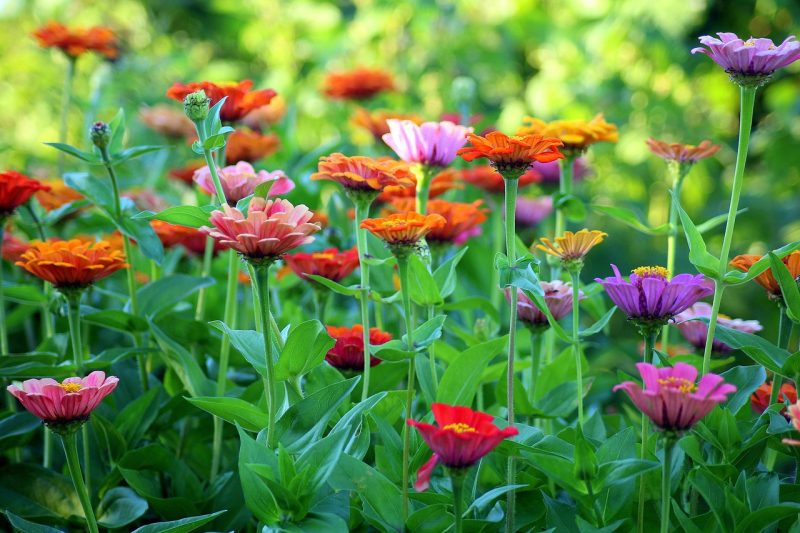
Before diving into the specifics of planting zinnias, let’s take a moment to appreciate what makes these flowers so special. Zinnias belong to the Asteraceae family and originate from Mexico, where they have been cultivated since the time of the Aztecs. They come in a variety of colors, including red, pink, orange, yellow, and white, offering countless options for creative gardeners.
Zinnias are mainly divided into several popular types: the classic tall or giant varieties, the dwarf varieties, and the cut-and-come-again types which are perfect for bouquets. With proper care, zinnias bloom from late spring until the first frost, creating a long-lasting show in gardens and landscapes.
The Ideal Growing Conditions for Zinnias
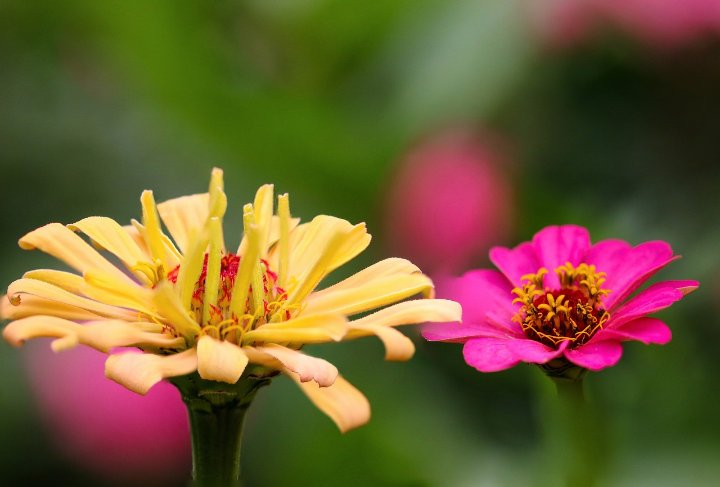
Sunlight Requirements
Where to Plant Zinnias: The most critical factor to consider is sunlight. Zinnias thrive in full sun, meaning they need at least 6 to 8 hours of direct sunlight daily. When choosing a spot in your garden, look for areas that receive ample sunlight during the day. This helps promote healthy growth and enhances the vibrancy of their flowers.
Consequences of Insufficient Sunlight: If zinnias don’t receive enough sunlight, they can become leggy, produce fewer flowers, and may even be more susceptible to diseases. Therefore, take the time to observe how sunlight moves across your garden throughout the day, ensuring you select the sunniest spot for your zinnias.
Soil Type and Quality
Zinnias prefer well-draining, loose soil that is rich in organic matter. Before planting, assess the soil in your chosen location. Ideally, the pH level should be slightly acidic to neutral (between 6.0 and 7.0).
Soil Preparation: To improve soil quality, consider amending it with compost or well-rotted manure. This not only boosts nutrients but also improves soil texture. Cultivating the soil to a depth of at least twelve inches can provide ample room for zinnia roots to grow and access the nutrients they need.
Moisture Considerations
While zinnias enjoy sunny and warm conditions, they can be sensitive to extreme dryness. When planting, it’s essential to establish a balance in moisture levels. The ideal location should have good drainage to prevent waterlogging, which can lead to root rot.
When first planting your zinnias, water them thoroughly and keep the soil consistently moist but not soggy until they are established. Once they are growing well, zinnias are relatively drought-tolerant but will benefit from some watering during prolonged dry spells, especially if they are planted in containers.
Choosing the Right Location in Your Garden

Flower Beds and Borders
One of the most popular choices for planting zinnias is in flower beds or borders. Their vibrant colors and upright growth make them perfect for adding height and diversity to floral arrangements.
Designing with Zinnias: Group zinnias in blocks or drifts to create a more impactful visual presentation. You might choose to mix different zinnia varieties in a single bed for a contrasting effect, or opt for a monochromatic scheme for a more classic look.
Containers and Patio Planting
If you have limited space or wish to add zinnias to a patio or balcony, consider planting them in containers. Choose pots that are at least 12 inches deep to allow for adequate root growth.
Mixing with Other Plants: Container gardening offers the flexibility to pair zinnias with other annuals or perennials that share similar sun and water requirements. For instance, combining zinnias with marigolds or petunias can create a stunning display while attracting pollinators.
Pollinator Gardens
Given their attractiveness to bees and butterflies, zinnias make an excellent addition to any pollinator garden. These gardens focus on providing food and habitat for pollinating insects, which are crucial for maintaining the health of our ecosystems.
Strategic Planting: When planning a pollinator garden, create clusters of zinnias scattered throughout the garden rather than planting them in isolation. Mixing them with native plants will ensure a steady supply of nectar and pollen throughout the growing season.
Vegetable Gardens
You may not immediately associate zinnias with vegetable gardening, but these flowers can serve as excellent companions to your veggies. Planting zinnias alongside tomatoes, peppers, or cucumbers can enhance your garden’s aesthetic while attracting beneficial insects that help control pests.
Interplanting Benefits: Zinnias help deter certain pests and attract beneficial insects, providing a natural form of pest control. This might result in healthier vegetables and altogether a more harmonious garden ecosystem.
Timing Your Planting
The timing of planting zinnias is crucial to their success. Generally, zinnias can be sown directly in the garden after the last frost date for your area, usually from late spring to early summer.
Indoor Seed Starting
If you wish to get a jumpstart on the growing season, you can also begin seeds indoors 4 to 6 weeks before the last frost. Using seed trays, plant the seeds in a light seed starting mix. Once the seedlings have developed a few sets of leaves and the outdoor conditions are suitable, you can begin transitioning them outdoors.
Hardening Off: When moving seedlings outside, you must gradually acclimate them to outdoor conditions in a process known as hardening off. Start by placing them outside for a few hours a day, gradually increasing their exposure to sun, wind, and temperature fluctuations over a week.
Outdoor Sowing
For those who prefer direct sowing, plant the seeds about 1/4 inch deep into well-prepared soil. Space the seeds around 4 to 12 inches apart, depending on the variety. Water gently to ensure good seed-to-soil contact, and keep an eye on soil moisture as they germinate.
Aftercare and Maintenance
Watering
After establishing your zinnias, continue monitoring their moisture levels throughout the growing season. A deep watering once a week should suffice, but during hotter spells, you may need to water more frequently. Avoid overhead watering to keep the foliage dry and reduce the risk of fungal infections.
Fertilizing
While zinnias are relatively low-maintenance, they can benefit from occasional feeding. If your soil is nutrient-rich, you may not need to fertilize extensively. However, using a balanced fertilizer every 4 to 6 weeks can boost flower production.
Organic Options: Consider using organic fertilizers such as fish emulsion or compost tea, especially if you’re growing zinnias in a vegetable or pollinator garden to maintain an eco-friendly approach.
Pest Management
Zinnias, while hardy, are susceptible to certain pests, including aphids, spider mites, and caterpillars. Regular inspection and early intervention are key.
Natural Deterrents: Introduce beneficial insects such as ladybugs to help manage aphids. Neem oil or insecticidal soap can provide organic control options when pests are identified. Always ensure you’re applying these solutions at the appropriate times to minimize harm to pollinators.
Deadheading and Pruning
To encourage continuous blooming, practice deadheading your zinnias—snipping off spent flowers to prevent them from going to seed. This promotes bushier growth and extends the flowering period.
Pruning for Health: Additionally, remove any dead or yellowing leaves to keep the plants healthy and reduce disease risk.
Conclusion: Creating Your Vibrant Zinnia Paradise
Zinnias are a remarkable addition to any garden—whether it’s a humble backyard patch, a vibrant flower border, or a charming container on your patio. By choosing the right planting site and understanding their needs, you can cultivate a stunning display of colors and shapes that will last through the entire growing season.


